There can be your advertisement
300x150
Cheremushki: Where Did This Cute Name Come From and What Does It Have to Do with Khrushchev Experiments?
The district that became a symbol of an entire era
Do you live in Cheremushki or just drive by these neat neighborhoods? Have you ever wondered where the poetic name of this district, which became a symbol of an entire era, came from? Is it really true that here, for the first time in the USSR, they tried to build housing in a completely new way? And what do local new constructions have in common with Soviet experiments, and why were Cheremushki called a model of the future?
Main points from the article:
- The village of Cheremushki existed since the 17th century — the name is linked to a ravine covered with rowan bushes;
- In the 1950s, the first experimental microdistrict made of Khrushchev-era apartments was built here in the USSR;
- Cheremushki became a prototype for all subsequent sleeping districts of the country;
- The local architecture was created under the supervision of architect Nathan Osterman;
- The district gave birth to a new type of Soviet lifestyle — life in a separate apartment.
Where It All Began
The story didn’t start with Khrushchev, but much earlier. The area of Cheremozhie is mentioned in documents as early as 1627. The region received its name from a deep ravine covered in rowan bushes, through which the Cheremsha River flowed, a left tributary of the Khotkova River.
In the 19th century, this area hosted summer estates of wealthy Moscow residents. The rowan bloomed, the air was clean, and the city was just a hand’s reach away. Dacha owners built wooden mansions and planted gardens. Some of these buildings have survived to this day — take a look at the old houses between the apartment blocks.
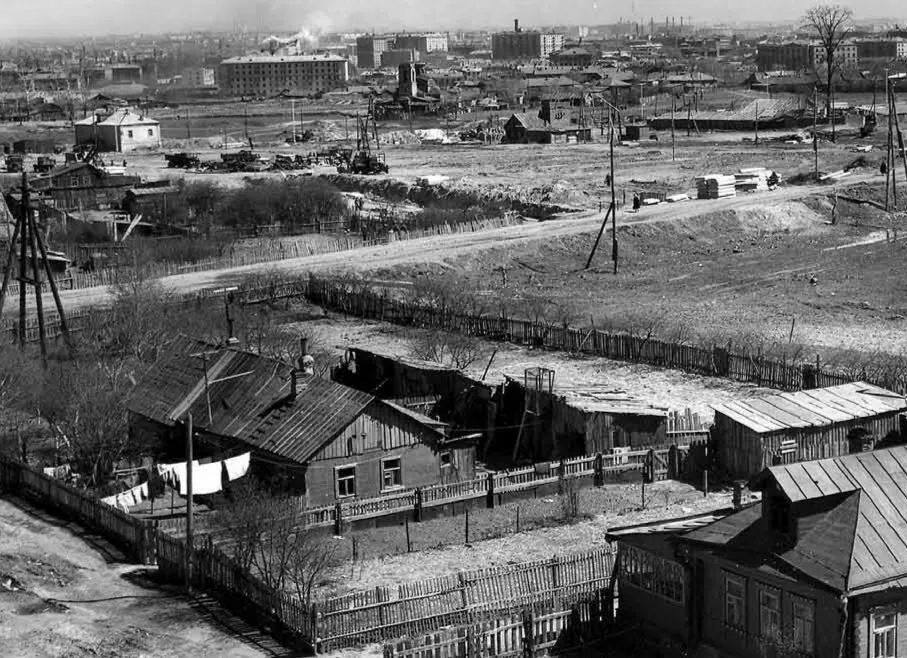 Photo: places.moscow
Photo: places.moscowSoviet Experiment
After the war, authorities seriously considered the housing problem. In 1958, the area of Cheremushki was incorporated into Moscow, but mass housing construction had already begun here in 1956.
The project was assigned to the Special Architectural and Construction Bureau (SAKB) under the leadership of young architect Nathan Osterman. The task was ambitious: create a fundamentally new type of housing—not just houses, but an entire microdistrict with carefully planned infrastructure.
Construction was carried out at rapid pace. A house was built not in months, but in days. Each stage was meticulously timed down to the minute, resembling a train schedule.
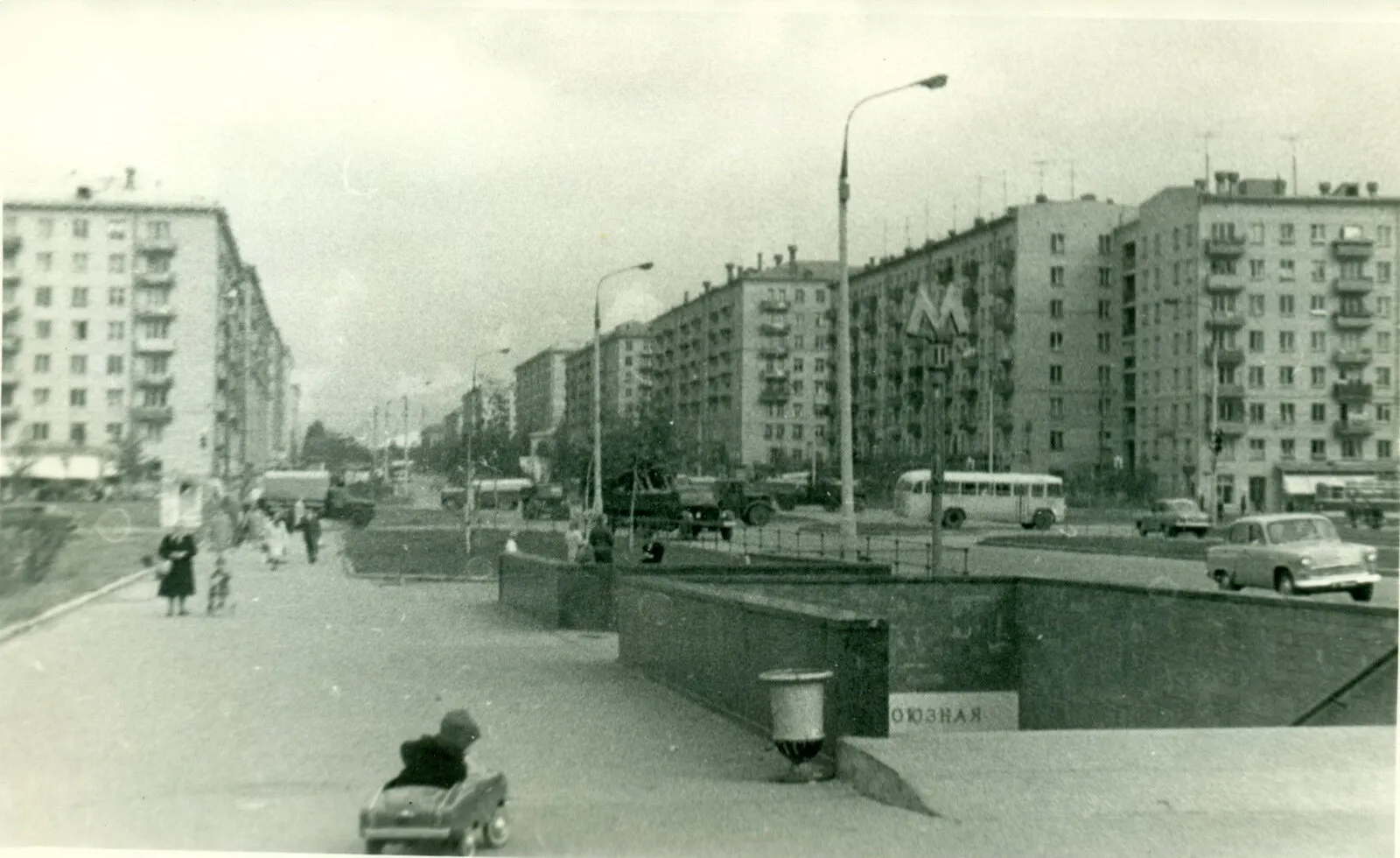 Photo: immunocap.ru
Photo: immunocap.ruThe Birth of the Khrushchev Apartment
The district near the suburbs of Cheremushki was named New Cheremushki, and the experimental area became its 9th quarter. For Soviet people, it was a revolution. Those accustomed to communal apartments were receiving their own housing for the first time. Even if compact, it was theirs.
Based on the name New Cheremushki, many residential districts in various cities of the USSR were later named Cheremushki. Thus, the Moscow experiment spread throughout the country.
Legends and Myths
Many legends emerged around Cheremushki. Some say that Khrushchev himself visited the new buildings and was so satisfied that he ordered the experience to be widely replicated. There are also stories about studying Finnish models and French technologies.
Another beautiful story is about the film “Cheremushki” and the song “We Live in Cheremushki,” which allegedly became a hit all across the Union. Perhaps it’s true, perhaps it’s just urban legend. But the very fact that such stories arose shows how significant the district was for contemporaries.
Modern Realities
Today, Cheremushki is one of Moscow’s greenest districts with well-developed infrastructure. The district's name is featured on its coat of arms: a rowan branch on a green background.
Interestingly, Cheremushki was not only where Khrushchev apartments were first built but also where the program to demolish them started. The first stage of the renewal program has been completed in Cheremushki.
The planning principles laid down by architects 70 years ago remain relevant. A microdistrict with developed infrastructure, a mix of building heights, and mandatory greenery—this is still considered the benchmark for urban planning.
A district named after a flowering shrub has indeed bloomed—only in an architectural sense. For the first time, housing was built for people, not just for show. And the experiment succeeded so much that its results are visible throughout the country.
 Photo: immunocap.ru
Photo: immunocap.ruCover: sparklogic.ru
More articles:
 How to Choose a Kitchen Cabinet: Materials, Sizes and Functionality
How to Choose a Kitchen Cabinet: Materials, Sizes and Functionality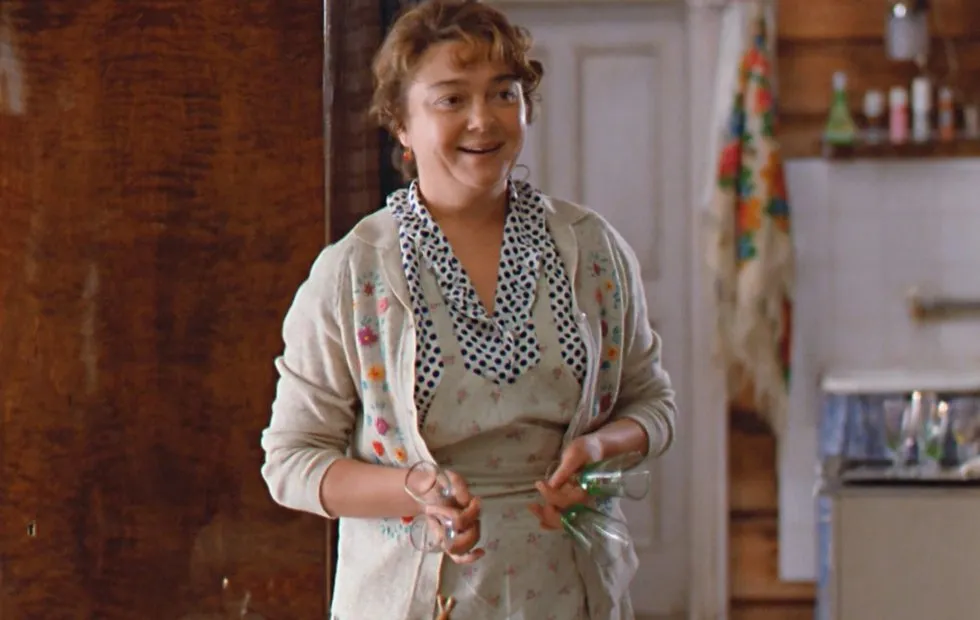 Kitchen Scenes in Soviet Cinema: What They Revealed About Real Life
Kitchen Scenes in Soviet Cinema: What They Revealed About Real Life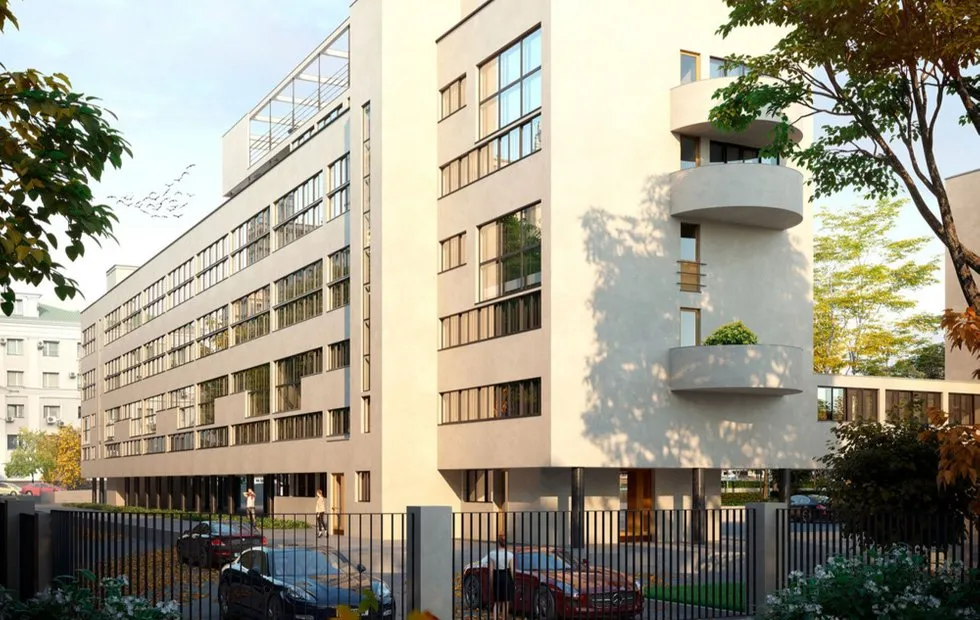 "Horseshoe of Luck": Secrets of the Ginzburg House
"Horseshoe of Luck": Secrets of the Ginzburg House Chairs for Home and Garden: 10 Trendy Finds
Chairs for Home and Garden: 10 Trendy Finds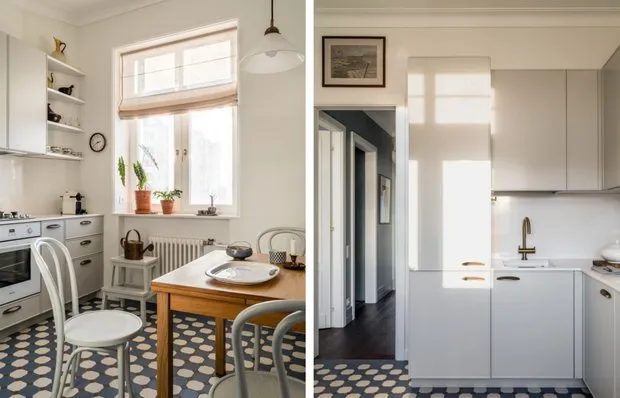 How Beautifully Designed a Light Kitchen of 9 m² in a Stalin-era Apartment
How Beautifully Designed a Light Kitchen of 9 m² in a Stalin-era Apartment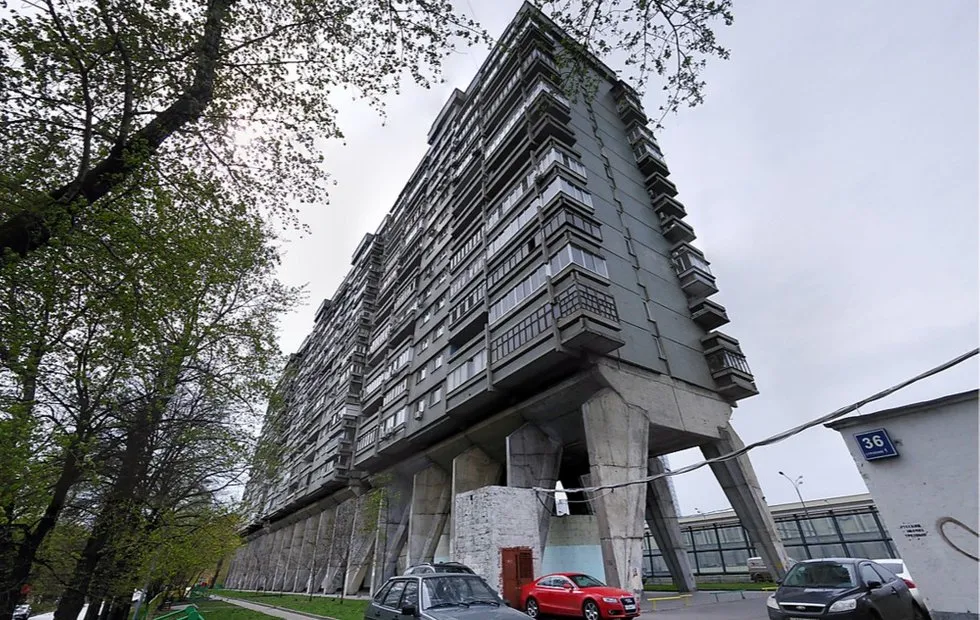 The Forty-Footed House on Bегovaya Street: How the Building Stood on Its Legs
The Forty-Footed House on Bегovaya Street: How the Building Stood on Its Legs How to Style and Functionally Arrange a Small Apartment: 8 Great Ideas
How to Style and Functionally Arrange a Small Apartment: 8 Great Ideas Stylish furniture, dishes and textiles: 10 trendy finds
Stylish furniture, dishes and textiles: 10 trendy finds